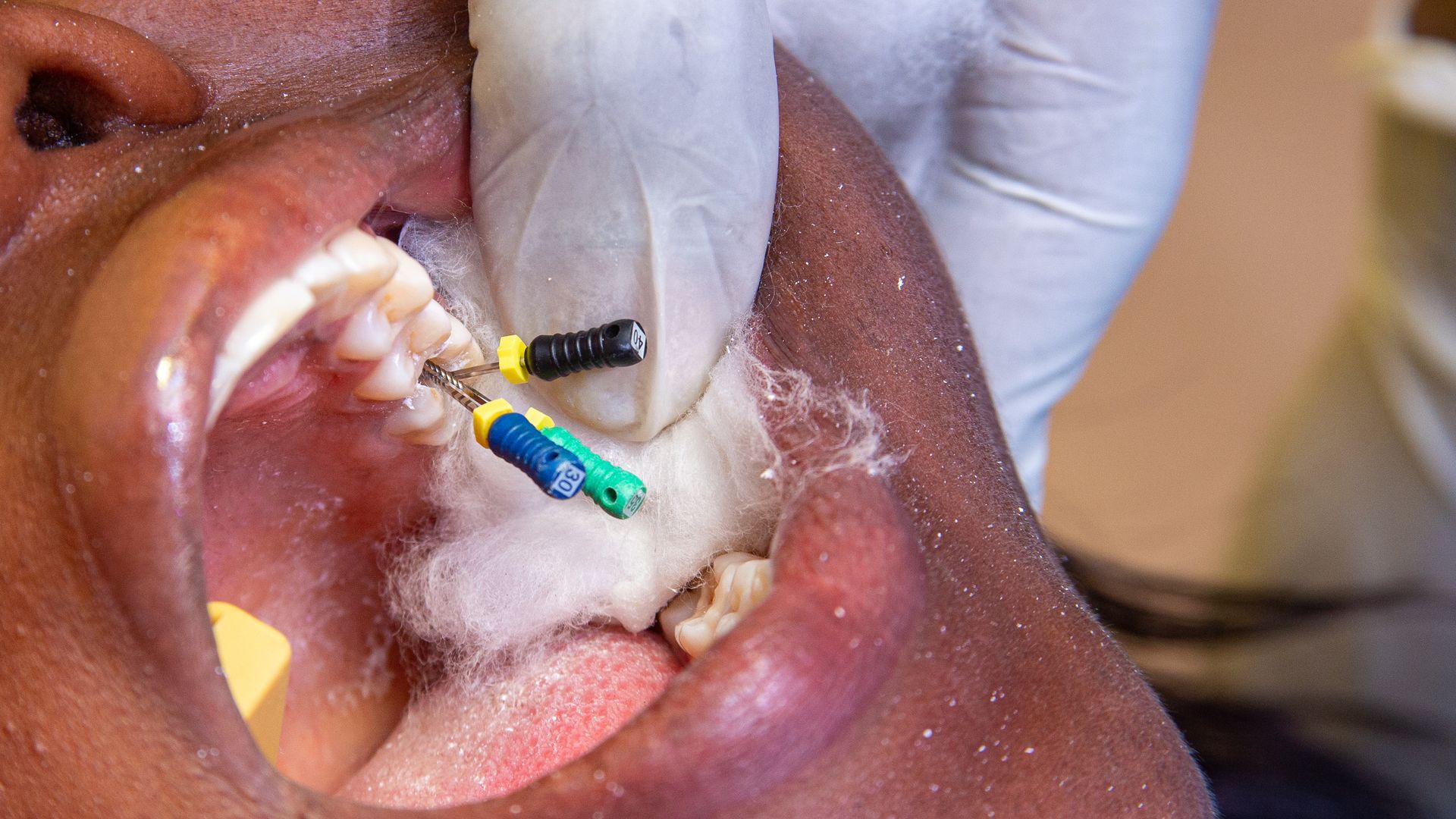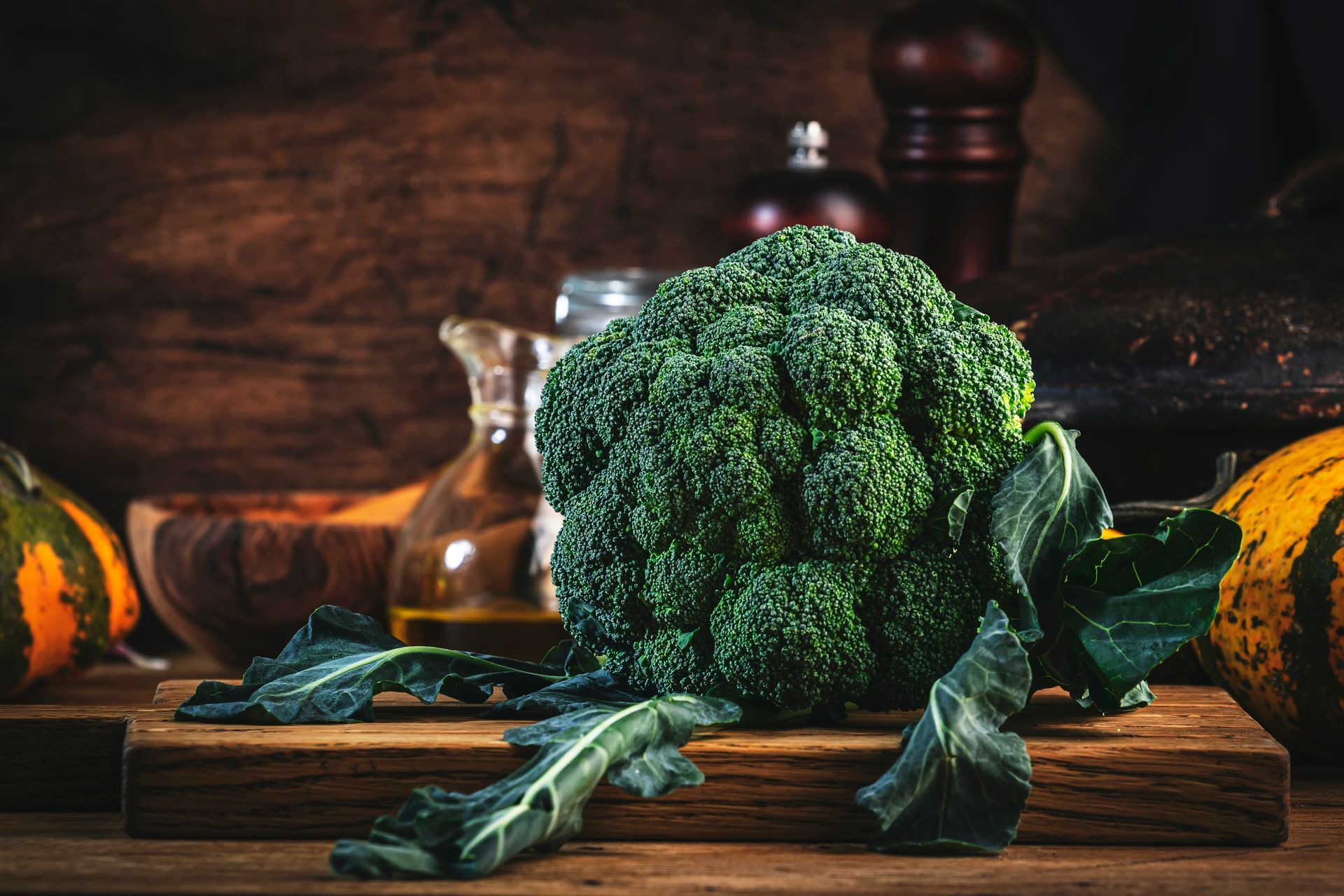Contact Us
We will get back to you as soon as possible
Please try again later
BLOG, PODCAST, & RESEARCH LIBRARY
"In the realm of health and wellness, enzymes are often associated with digestion. However, there exists a specialized enzyme that extends its benefits far beyond the digestive system, playing a significant role in cardiovascular health..."

In the realm of health and wellness, enzymes are often associated with digestion. However, there exists a specialized enzyme that extends its benefits far beyond the digestive system, playing a significant role in cardiovascular health. Nattokinase, particularly the patented form known as NSK-SD®, is emerging as a powerful ally for heart health due to its unique properties and extensive research backing.
Understanding Nattokinase
Nattokinase is a serine protease enzyme derived from natto, a traditional Japanese food made from fermented soybeans. The fermentation process utilizes a beneficial bacterium called Bacillus subtilis natto, which produces this potent enzyme. Renowned for its fibrinolytic activity, nattokinase supports healthy blood flow by aiding in the breakdown of fibrin, a protein involved in blood clot formation.
What Is NSK-SD®?
NSK-SD® is a patented, branded form of nattokinase developed by Japan Bio Science Laboratory (JBSL). It is produced using non-genetically modified soybeans fermented with a proprietary strain of Bacillus subtilis natto. A unique aspect of NSK-SD® is that it undergoes a patented process to remove all naturally occurring vitamin K2. This is significant because vitamin K2 can interfere with certain medications like warfarin and may influence blood coagulation.
Scientific Foundation of NSK-SD®
NSK-SD® is supported by a robust platform of scientific research, comprising 55 clinical studies, including 23 human clinical trials. Over the past 26 years, these studies have explored its efficacy in various areas, allowing for several health claims:
- Promotes overall cardiovascular health
- Supports arterial health with strong fibrinolytic activity
- May help maintain normal blood pressure levels
- Promotes proper whole blood viscosity
- Enhances blood circulation
- Supports normal platelet aggregation
- Manages levels of C-reactive protein (CRP), a marker of inflammation
Supporting Healthy Blood Pressure
High systolic and diastolic blood pressure are key concerns for cardiovascular well-being. In six human studies involving participants with conditions ranging from hypertension to uncontrolled systolic hypertension, supplementation with NSK-SD® nattokinase demonstrated a reduction in both systolic and diastolic blood pressure readings.
Fibrinolytic Activity
Five human studies focused on NSK-SD®'s ability to support the body's fibrinolytic processes. Results consistently showed significant reductions in fibrin degradation products, indicating enhanced breakdown of fibrin. Importantly, NSK-SD® does not inhibit necessary clot formation following an injury, allowing normal healing processes to proceed without increasing the risk of harmful clot development.
Enhancing Blood Flow and Reducing Clot Formation
Three human studies involving healthy adults and individuals prone to spontaneous platelet aggregation due to factors like smoking or high lipid levels found that NSK-SD® supplementation helped inhibit platelet clumping. One study noted improved blood flow to extremities after just one dose of NSK-SD®, highlighting its potential to enhance blood viscosity and circulation.
How Does NSK-SD® Work?
Research has identified several mechanisms through which NSK-SD® nattokinase promotes cardiovascular health:
1. Enhances Tissue Plasminogen Activator (t-PA) Production: t-PA is an enzyme that helps dissolve blood clots by converting plasminogen to plasmin, which breaks down fibrin.
2. Reduces Plasminogen Activator Inhibitor Type 1 (PAI-1): Lowering PAI-1 levels supports the body's natural ability to break down clots.
3. Activates Pro-Urokinase: This activation contributes to the breakdown of fibrin, aiding in fibrinolysis.
4. Directly Degrades Fibrin: NSK-SD® can directly break down fibrin, supporting normal clot dissolution.
5. Inhibits Platelet and Red Blood Cell Aggregation: By preventing cells from sticking together, it promotes smoother blood flow.
6. Reduces C-Reactive Protein Production: Lowering CRP levels can help reduce inflammation, a risk factor for cardiovascular disease.
Additional Benefits and Recognitions
NSK-SD® nattokinase offers several advantages:
- Non-GMO and Vegetarian: Produced from non-genetically modified soybeans and suitable for vegetarians.
- Highest Proven Potency: Holds the highest proven potency of any vitamin K2-free nattokinase available.
- Quality Recognitions: Recognized by the Japan Health and Nutrition Food Authorization (JHFA) and the Japan Nattokinase Association (JNKA) as authentic nattokinase.
- Regulatory Approvals: The only nattokinase approved by the European Food Safety Authority (EFSA) and Health Canada.
- GRAS Status: Self-affirmed Generally Recognized As Safe (GRAS) in the United States.
Future Research and Potential Applications
JBSL is committed to advancing research on NSK-SD®, with plans to conduct additional studies in 2025 to further explore its benefits in cardiovascular health and new areas of application. One promising area is oral health; preliminary studies suggest that NSK-SD® may inhibit biofilm formation by cavity-causing bacteria, indicating potential benefits for dental care.
Conclusion
NSK-SD® nattokinase emerges as a noteworthy enzyme with significant potential for supporting heart health. Its extensive research foundation underscores its ability to promote normal blood pressure, enhance circulation, and support the body's natural fibrinolytic processes. By incorporating NSK-SD® into a wellness regimen, individuals may find a natural ally in maintaining cardiovascular health.










